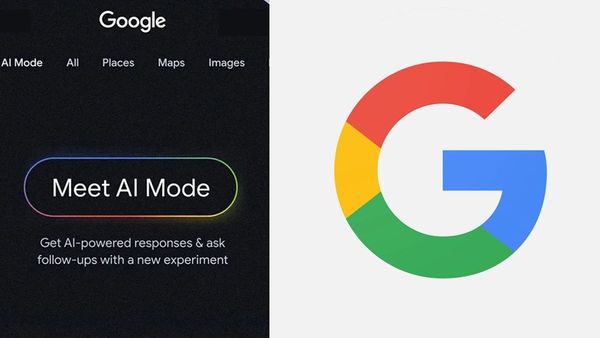Google Photos has taken a significant leap forward with its latest enhancement, merging traditional photo search mechanisms with advanced artificial intelligence (AI) capabilities. This innovative integration aims to streamline how users find images within their vast digital collections, making the photo retrieval process faster and more intuitive than ever before. This article explores the implications of this merger, the technology behind it, and what this means for users.
The Evolution of Google Photos Search
Since its launch, Google Photos has continually evolved, providing users with an array of features designed to manage and organize their images. The classic search functionality allowed users to find pictures based on specific keywords, dates, or locations. However, as digital photo collections grow, the need for a more efficient search tool has become evident.
In 2024, during the highly anticipated Google I/O developer conference, the tech giant introduced an AI-driven search feature that aims to enhance user experience. This feature enables users to employ natural language queries when searching their photo libraries, allowing for a more conversational interaction with technology.
How the AI Search Feature Works
The AI search feature leverages advanced machine learning algorithms to interpret user queries in a natural language format. For instance, instead of entering “beach vacation 2023,” users can simply type or speak, “Show me my beach photos from last summer.” This capability not only reduces the time spent searching but also increases the likelihood of finding the desired images.
According to Google, the AI analyzes the content of the photos, including objects, locations, and even people, to deliver relevant results. The technology utilizes neural networks trained on vast datasets to understand context and intent, enabling it to distinguish between similar queries effectively.
Natural Language Processing in Action
The integration of natural language processing (NLP) is a game-changer for Google Photos. By allowing users to interact with their photo library in a more human-like manner, it bridges the gap between user intent and machine understanding. This advancement is particularly beneficial for those who may not remember specific details about the photos they are searching for. For example, users can ask, “What were my favorite moments from last year?” and receive a curated selection of images that reflect significant events.
Benefits of Merging Classic Search with AI
The merger of classic search methods with AI technology brings numerous benefits:
- Speed: AI significantly reduces the time it takes to find specific images, as it quickly processes user queries and retrieves results.
- Intuitiveness: Users can interact with their photo libraries in a way that feels natural, making the experience more user-friendly.
- Enhanced Accuracy: The ability of AI to understand context and intent leads to more accurate search results, minimizing the chances of irrelevant images appearing in searches.
Challenges and Considerations
While the integration of AI into Google Photos represents a substantial advancement, it is not without its challenges. Privacy concerns remain at the forefront, as users may be wary of how their images and data are being utilized. Google has emphasized that user privacy is paramount, implementing strict measures to protect data integrity and ensure that AI functionalities do not compromise user confidentiality.
Moreover, the effectiveness of the AI feature is contingent on the quality and diversity of the training data. AI systems can exhibit biases if not adequately trained, leading to skewed results in searches. Google is committed to continuous improvement in this area, working diligently to refine their algorithms and enhance user experience.
Future Implications for Google Photos
The integration of AI in Google Photos sets a precedent for future developments in digital photography management. As technology continues to evolve, it is likely that more features will emerge, utilizing AI to further enhance user experience. For instance, future capabilities may include automated tagging of images, intelligent photo editing suggestions, or even creating albums based on user preferences and past behaviors.
Additionally, the impact of AI-driven features can extend beyond individual users. Businesses and organizations that rely on photo management can also benefit from the enhanced efficiency and accuracy provided by this technology, leading to more effective workflows.
Conclusion
Google Photos’ merger of classic search methods with AI technology marks a significant step forward in the realm of digital photo management. By enabling users to search for images using natural language queries, Google is not only enhancing the user experience but also setting a new standard for how we interact with our digital memories. As the technology continues to evolve, it will be fascinating to see how Google further innovates and enhances its offerings to meet the growing demands of users.
Key Takeaways
- Google Photos now integrates AI to facilitate natural language queries for photo searches.
- The AI feature enhances search speed, accuracy, and user experience.
- Privacy and data protection are key considerations in the development of AI functionalities.
- The future of Google Photos may include even more innovative features driven by AI technology.

